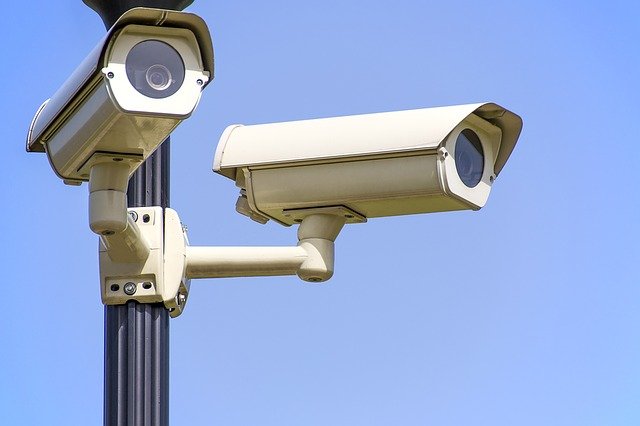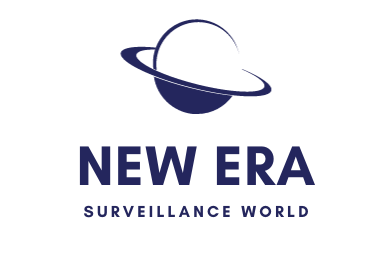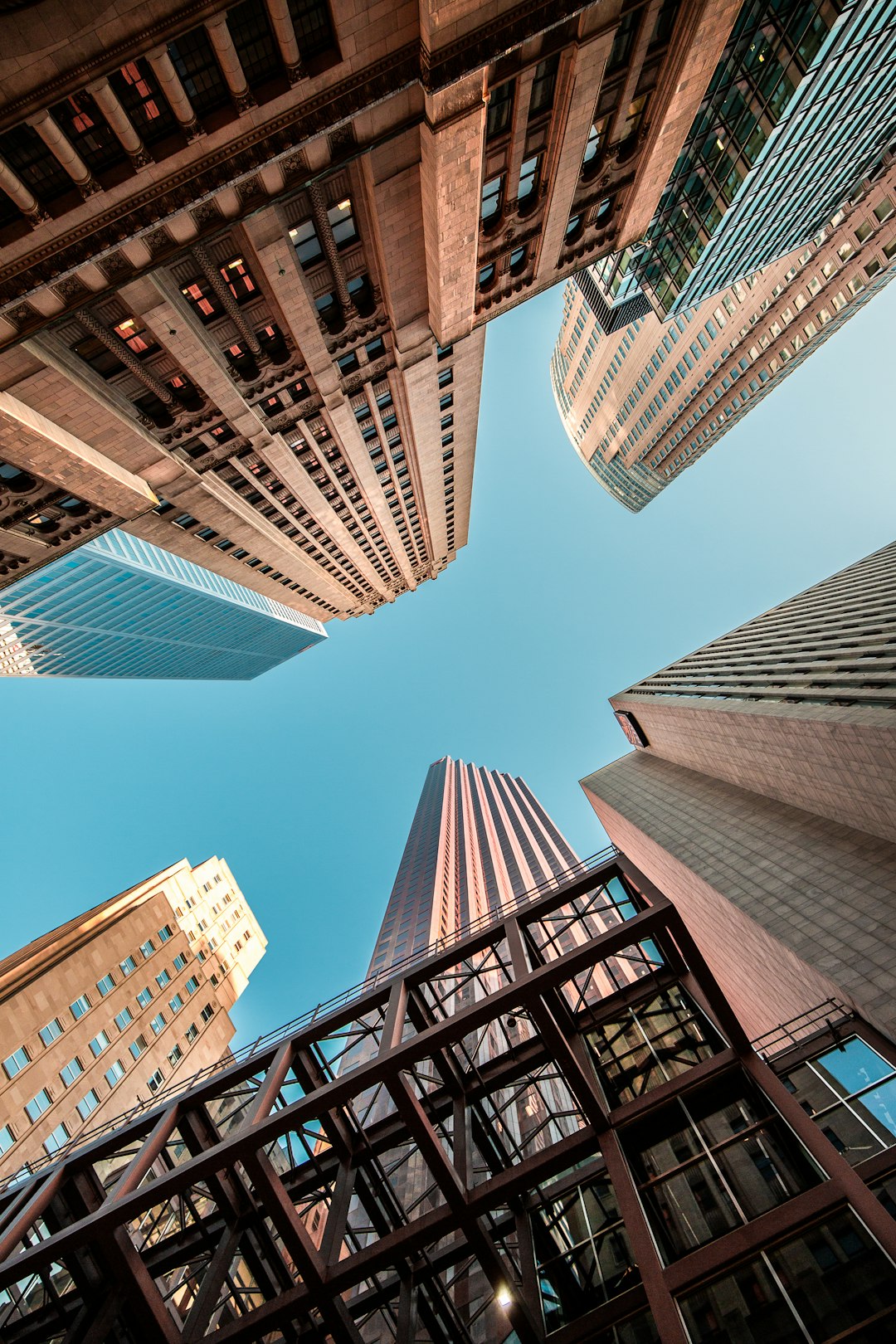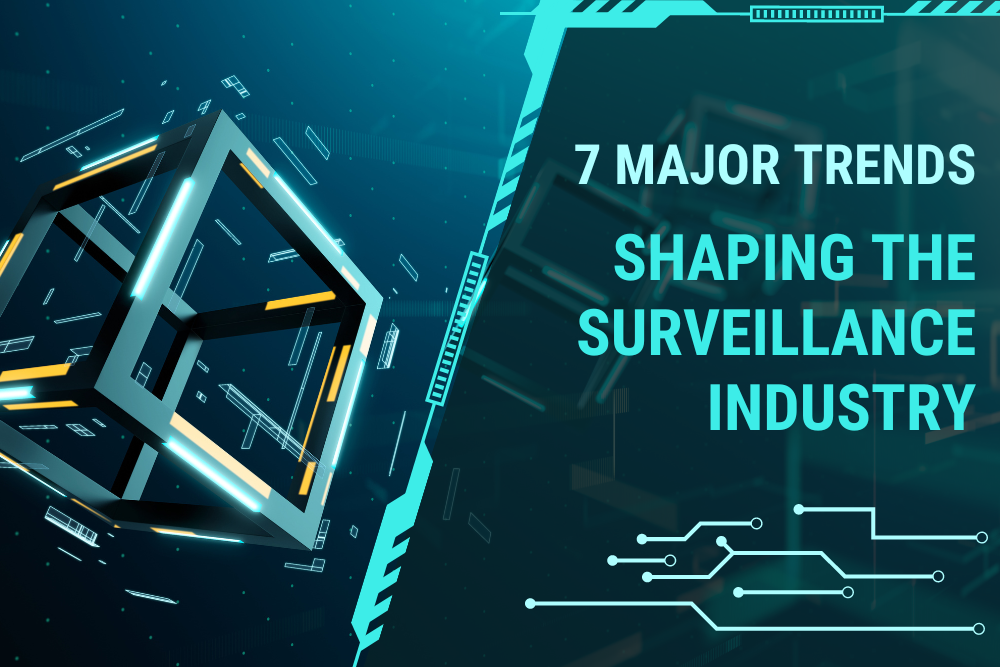New markets brought by AI smart cameras in 2021.From 2020 to 2021, organizations in almost all business sectors face many unforeseen challenges. So far, businesses have been on the defensive, struggling to respond to labor shifts and economic conditions. However, COVID-19 has proven to be the catalyst for some businesses to accelerate their long-term technology and digital plans.

This gives policymakers the opportunity to take proactive steps to mitigate current and post-pandemic risks. These long-term technological solutions can be used in today’s new world of social distancing and mask policies, and flexibly repurposed to accommodate tomorrow’s renewed focus on efficiency and business optimization.
For many, the pandemic, in addition to its outsized impact on the global economy, has also accelerated the coming of age of technology as more and more advanced technologies mature into applications such as artificial intelligence (AI) and machine learning (ML). Often accompanied by urgent human needs.
AI and ML combine today’s cutting-edge computer vision capabilities to produce smart cameras that make it easier for organizations to implement and comply with new health and safety requirements. Smart cameras equipped with AI-enabled smart video analytics applications can also be used to consider a variety of use cases for traditional security applications, as well as business or operational optimization, all on one camera.
As the application of video analytics becomes more mainstream – providing valuable insights for a variety of industries. Therefore, we can predict that 2021 will be the year to explore new application areas of artificial intelligence cameras.
Optimizing agricultural production processes and product quality
Monitoring and surveillance technologies provide value to industries such as agriculture by providing a cost-effective solution for monitoring crops, commercial assets and optimizing production processes. Many in the agricultural production sector are looking to new technologies to help reduce energy use while reducing the environmental damage of modern agriculture, and they can find an unusual ally in smart monitoring. Some agricultural organizations are already implementing AI solutions to monitor crops for peak yield, freshness, to reduce waste and improve product quality.

For users facing environmental threats such as mold, parasites or other insects, smart surveillance monitoring can help identify these pests early and notify the appropriate personnel before damage occurs. They can also monitor large numbers of livestock in fields to make sure they are safe from predators, or to identify if animals are injured.
The use of video surveillance in growing environments and supply chains is also valuable for large-scale agricultural production. Applications can track and manage inventory in real-time, improve knowledge of high-demand items, and allow for better supply chain planning, further reducing potential shrinkage.
Effective monitoring of production and logistics
As the transportation and logistics industry has grown globally, new challenges have arisen in the transportation and logistics industry. While security and operational needs are constantly changing, smart surveillance offers a whole new way to monitor and control the physical aspects of logistics, correcting issues that are often invisible to the human eye but have a significant impact on the overall customer experience.
Video analytics can help logistics service providers successfully deliver the right product to the right place and to the customer in its pristine condition, which often requires supply chains to be both safe and efficient. The latest camera technology and smart software algorithms can analyze the footage directly on the camera – detecting damaged packages at the loading dock before loading them onto trucks for delivery.
Smart cameras can also alert drivers of empty unloading bays to unload as cargo comes in, or alert facility personnel of possible blockages or hazards in incoming and outgoing vehicles that could delay planned deliveries.
To monitor and detect specific vehicles, computer vision combined with video analytics enables security cameras to simplify access control through license plate recognition. Smart cameras equipped with this technology can identify incoming and outgoing trucks, ensuring that only authorized vehicles enter the transfer point or warehouse.
Strengthening regulatory safety measures in the industrial environment
Smart surveillance and artificial intelligence applications can be used to ensure compliance with organizational or regulatory security measures in industrial environments. Object detection applications can identify whether employees are wearing appropriate safety gear, such as masks, hard hats, or suspenders. Similar to preventing burglaries, cameras equipped with behavior detection can help automatically identify accidents at an early stage. For example, if a worker falls to the ground or is hit by a falling object, the system recognizes that this is unusual behavior and reports it immediately.
In addition to employee safety, we can use this technology to perform important preventive maintenance on machinery and structures. Cameras can identify potential safety hazards such as sparks from loose cables, potential wiring hazards, and even detect defects in raw materials. Other more subtle changes, like progressive structural adjustments/cracks or increased vibration, take months or even years to detect through the human eye. Therefore, smart cameras are utilized to detect signs of mechanical deterioration, such as assets that may pose a physical security risk to people or assets.
Early identification of fire and smoke is another use case where industrial decision makers can find value. Traditional fire alarms are often difficult to install properly in buildings or outdoor spaces and require extensive maintenance. Smart security cameras can be deployed in difficult or hard-to-reach areas. When equipped with fire detection apps, they can trigger notifications earlier than traditional fire alarms and reduce false alarms by distinguishing between smoke, fog, or other objects that trigger false alarms.
By digitizing the simulated environment, as well as on-site sensors, decision makers will have access to vast amounts of data for analysis, allowing them to optimize highly technical processes at different stages of production, as well as ensure the safety of employees’ industrial assets and resources.
Looking to the future of intelligent surveillance
With the rise of automation, from smart racking systems in warehouses to self-driving trucks, object detection of security threats, to the use of artificial intelligence to monitor crops and livestock, the overall demand for computer vision and video analytics will continue to grow. That’s why now is the perfect time for decision makers in many industries to examine their current infrastructure and determine if they are ready to invest in sustainable, multipurpose and long-term security and business optimization solutions.














Leave a comment